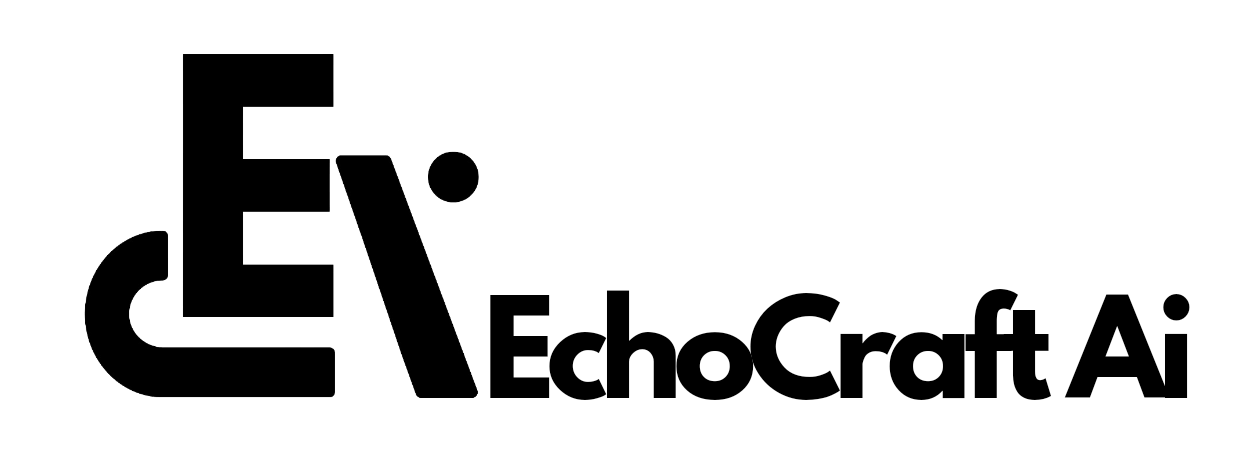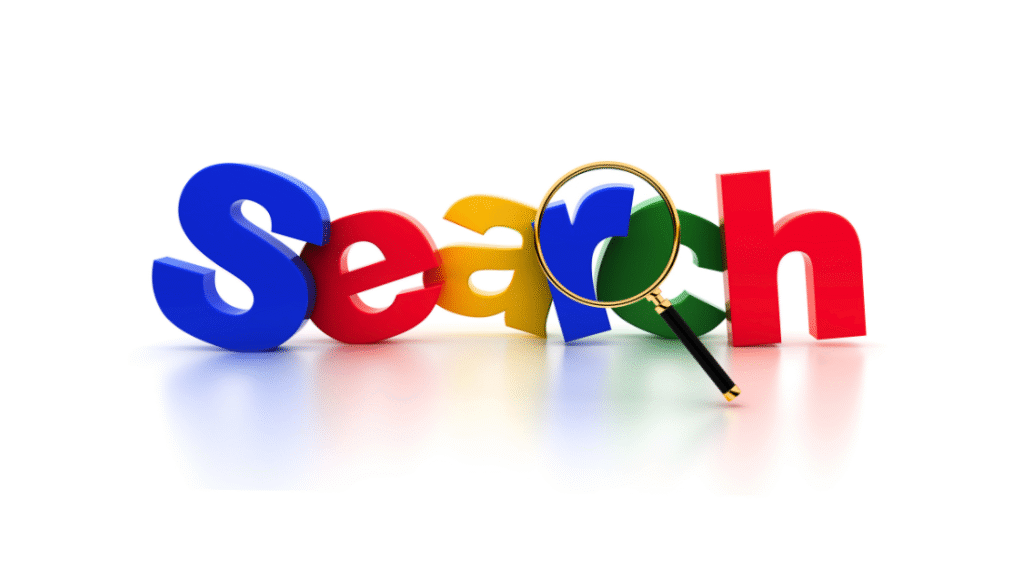DuckDuckGo has launched a new feature that allows users to filter out AI-generated images from search results—addressing mounting concerns about the growing volume of synthetic media online.
Highlights
- AI Image Filter Now Available: Users can now hide AI-generated images from search results via a toggle in the “Images” tab or permanently through settings.
- Responding to “AI Slop” Backlash: The feature addresses growing frustration with the oversaturation of synthetic visuals—dubbed “AI slop”—cluttering image search results.
- Community-Based Filtering: DuckDuckGo’s filter is powered by open-source blocklists like uBlockOrigin’s “nuclear” list and the Huge AI Blocklist, blocking thousands of known AI image sources.
- Subtle Critique of Competitors: In its demo, DuckDuckGo highlighted the “peacock chick” example—previously a controversial case on Google—to show its filter’s value.
- User Feedback Is Positive: Early adopters have praised the cleaner experience and improved relevance of image results compared to platforms like Google.
- AI-Free Version Also Offered: DuckDuckGo launched
noai.duckduckgo.com, a dedicated search experience that hides AI images and disables other generative features.
This update comes in response to user feedback that AI-created visuals are increasingly crowding out authentic images in search results.
How It Works?
The filter is accessible via the “Images” tab during any search. A drop-down menu labeled “AI Images” gives users the option to show or hide AI-generated content. For those who prefer a permanent change, DuckDuckGo also offers a settings option called “Hide AI-Generated Images.”
This functionality gives users more control over their search experience—particularly those who are looking for verified, real-world photographs rather than synthetic or stylized AI visuals.
Tackling the “AI Slop” Problem
The update reflects growing user frustration with what’s colloquially being called “AI slop”—a surge of low-quality or misleading generative AI images saturating online search platforms.
Unlike some competitors, DuckDuckGo is positioning itself as a more user-controlled and transparent search engine.
As a subtle nod to criticism aimed at other platforms, DuckDuckGo’s demo used the same example of a “peacock chick” search that previously caused issues on Google for returning AI-generated results.
Blocklist-Based Filtering
DuckDuckGo’s filtering system relies on open-source, community-curated blocklists such as the “nuclear” list from uBlockOrigin and the Huge AI Blocklist.
While the company acknowledges that the feature may not catch every AI-generated image, it significantly reduces their visibility—making it a helpful first step toward improving the authenticity of image search.
Users Respond Positively
Early feedback suggests the filter is resonating with users. On Reddit and other platforms, users have praised the improved image quality and reduced clutter:
“I don’t even care about the privacy aspect. DDG gives me better search results. I have no reason to use Google anymore.”
Such sentiment indicates growing interest in alternatives that prioritize quality and user control over algorithmic content surfacing.
A Dedicated “No AI” Search Experience
In addition to the toggleable filter, DuckDuckGo also offers a dedicated AI-free search URL: noai.duckduckgo.com.
This version of the search engine automatically hides AI-generated images and disables other AI-based features like summaries and chat—offering a streamlined, traditional search experience.
Built on Community
By using community-maintained blocklists to power this feature, DuckDuckGo reinforces its philosophy of transparency and openness.
The lists cover thousands of known AI image domains and provide an adaptable foundation that can evolve alongside generative media trends.
This feature aligns with DuckDuckGo’s way of things, putting users in control of their digital experience. While other platforms double down on integrating generative AI, DuckDuckGo is choosing to focus on clarity, authenticity, and user choice.


